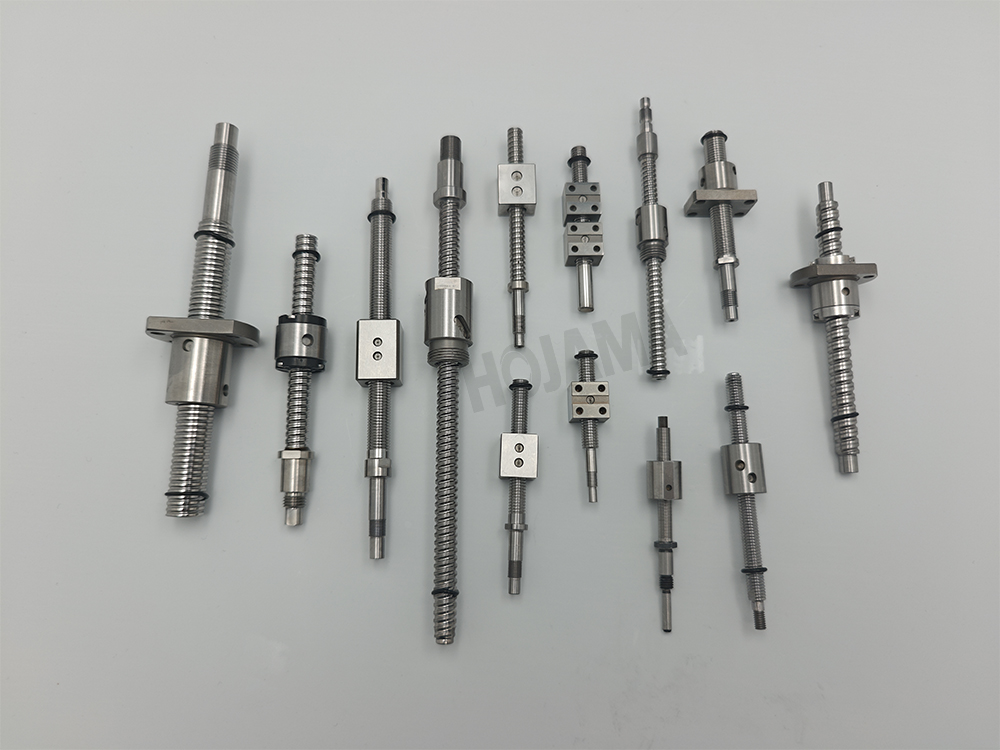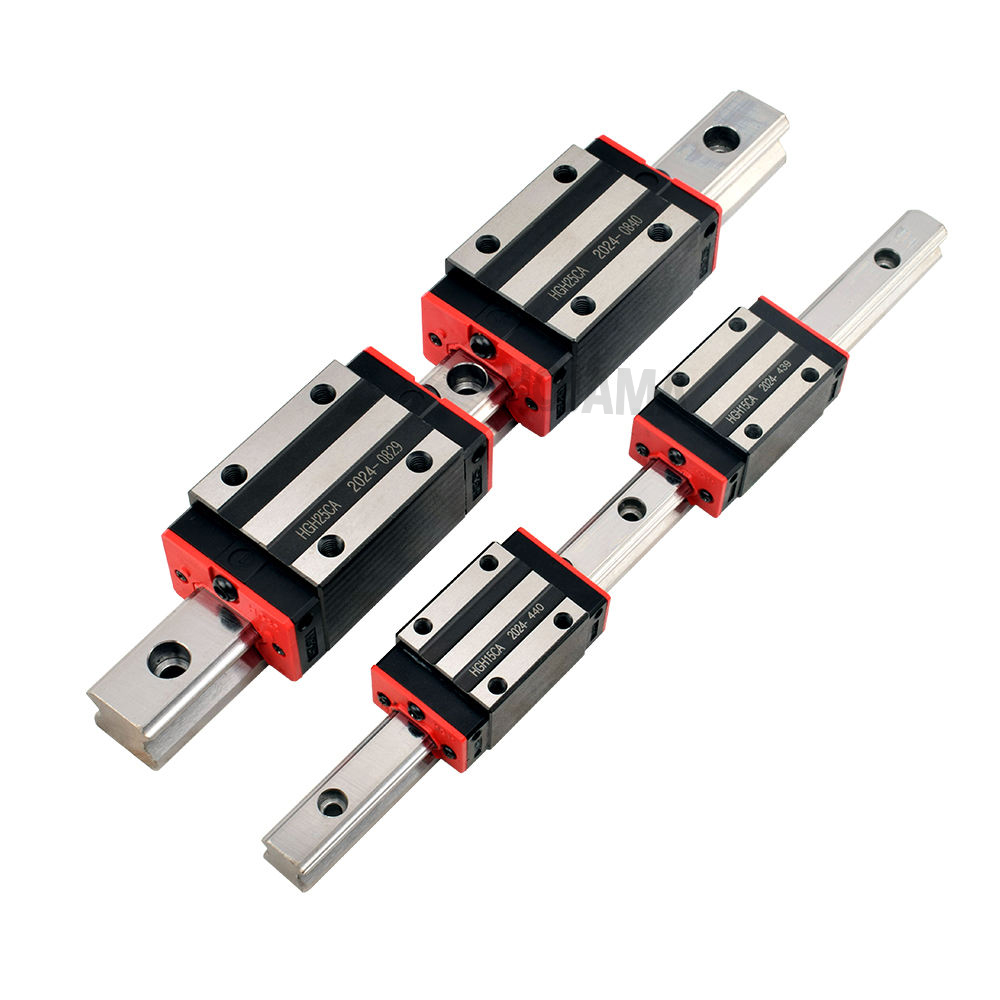I. Market Overview
1. Market Size and Growth Trend
In recent years, the global linear screw and guideway market has shown a steady growth. Market research reveals a 5-year compound annual growth rate of 8%. Asia, taking up about 63.2% of the global share, is the largest market, mainly due to the booming manufacturing in China, Japan, and South Korea. With automation technology advancing and higher precision demands in manufacturing, the market size is predicted to keep growing at a 5% rate in the next five years.
?
2. Market Driving Factors
Manufacturing Upgrades: Machine tools and industrial robots need linear motion screws and linear guides with better precision, stability, and load-bearing. In auto manufacturing, high-precision ones are key for automated production line upgrades and part processing.
Automation Growth: In logistics and electronic manufacturing automation, AGVs, automated warehousing, and electronic production equipment use many linear screws and guides for precise motion control.
Emerging Industries: New energy vehicles, semiconductors, and medical devices bring new chances to the linear screw and guide rail market.
?
II. Product Classification and Characteristics
1. Linear Screw 探花精选
Ball Screws: High-Precision Ball Screws are great for converting rotary and linear motion. With over 96% transmission efficiency, they're used in equipment needing fast and accurate motion. For example, CNC machine tools can precisely control cutting-tool movement, achieving micrometer-level precision. They're applied in machine tools, industrial robots, etc. ?
Trapezoidal Screws: These have a strong load-bearing capacity, suitable for less - precision-demanding but high-load situations. Their transmission efficiency is 30% - 60%. They're often found in lifting and metallurgical equipment. For instance, construction elevators can stably bear loads for vertical lifting.
?
?
2. Guide Rail 探花精选
Linear Guideways offer high-precision linear motion, low friction, high rigidity, and good precision retention. Their precision can reach the micrometer level and stay stable at high speeds. They're widely used in CNC machine tools, semiconductor equipment, etc. ?
Rolling Guides: They move through rolling elements, having a small friction coefficient. Roller guides have a stronger load-bearing capacity than ball ones. They're fit for high-speed and high-load-bearing equipment like heavy-duty machine tools.
?
III. Competition Pattern
Analysis of Major Manufacturers
1. THK (Japan): A well-known linear motion product maker, THK has long-standing experience and advanced tech in linear screws and guides. Its products are famous for high precision. For example, its high-precision ball screws have a lead accuracy of up to ±0.003 mm/m, used in semiconductor and high-end machine tools. It holds about 40% of the global high-end market and is competitive in Asia and Europe.
?
2. HIWIN (Taiwan, China): Focusing on linear motion products, HIWIN is globally reputed. Its products cover various linear screws and guides, popular in automated equipment. They offer good cost performance. For example, their Linear Guide rails are price-competitive with micrometer-level precision and are popular in the domestic automated production line market. It has about 20% of the global market, and its Asian market share, especially in the Chinese mainland, is growing. ?
3. NSK (Japan): A major Japanese bearings and linear motion product manufacturer, NSK has deep tech in mechanical manufacturing. Its linear screw products perform well in high-speed, high-precision, and high-load-bearing. For example, its ball screw assemblies can maintain stable precision and low wear at high speeds. It occupies about 60% of the global market and has a strong position in traditional manufacturing like auto and machine tools.
?
4. Competition Situation
The high-end market is dominated by Japanese and German firms, which have more pricing power. In mid- and low-end markets, Chinese mainland and Taiwan enterprises are emerging, competing with cost-performance and local services.
?
IV. Technological Development Trends
1. Precision Improvement
Ultra-precision grinding and rolling in linear screw manufacturing boost lead accuracy and surface finish. In rail manufacturing, high-precision equipment and laser interferometers ensure rail precision.
?
2. Material Innovation
Ceramic balls in high-speed and high-precision ball screws reduce friction. Self-lubricating materials and fluoropolymer coatings on guide rails cut friction and wear, extending lifespan.
?
3. Intelligent Tech Application
Sensors on linear screws can monitor temperature, load, and vibration for fault warnings and life predictions. Intelligent lubrication systems in linear guideways adjust lubrication according to running states.
?
?
V. Customer Demand Analysis
1. Precision: Semiconductor and medical industries need micrometer or even nanometer-level precision. General industrial automation requires precision within dozens of micrometers.
?
2. Load-bearing: Heavy machinery and auto manufacturing need products with high load-bearing capacity for axial and radial forces.
?
3. Speed: High-speed automated production lines and machine tools need products that can move fast with stable precision and low vibration.
?
4. Price and Cost: Customers prefer high-cost-performance products. Small and medium-sized automated equipment makers are more price-sensitive and choose mid- and low-end products.
?
5. Service: Customers expect good pre-sales, in-sales, and after-sales services from suppliers.
?
VI. Market Challenges and Opportunities
Challenges
1. Technical Hurdles: Developing high-end products is tough. Domestic firms lag in high-precision R & D. For example, ultra-high-Precision Ball Screw tech needs more development. ?
2. Price Pressure: Fierce competition leads to price drops, squeezing profit margins, especially in mid-and low-end markets. Firms need to cut costs while maintaining quality.
?
3. Brand Building: Foreign brands are highly recognized in the high-end market. Domestic firms need to invest in brand building to achieve international recognition.
?
Opportunities
1. Industrial Upgrade-Driven Demand: Manufacturing upgrades and automation expand the market. Domestic high-end manufacturing growth creates demand for high-performance products, giving domestic firms a chance to upgrade.
?
2. Emerging Industries: New energy, semiconductors, and medical devices create new demand. High-precision products are needed in related production, and firms can develop customized products.




